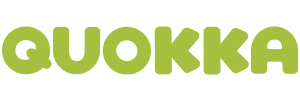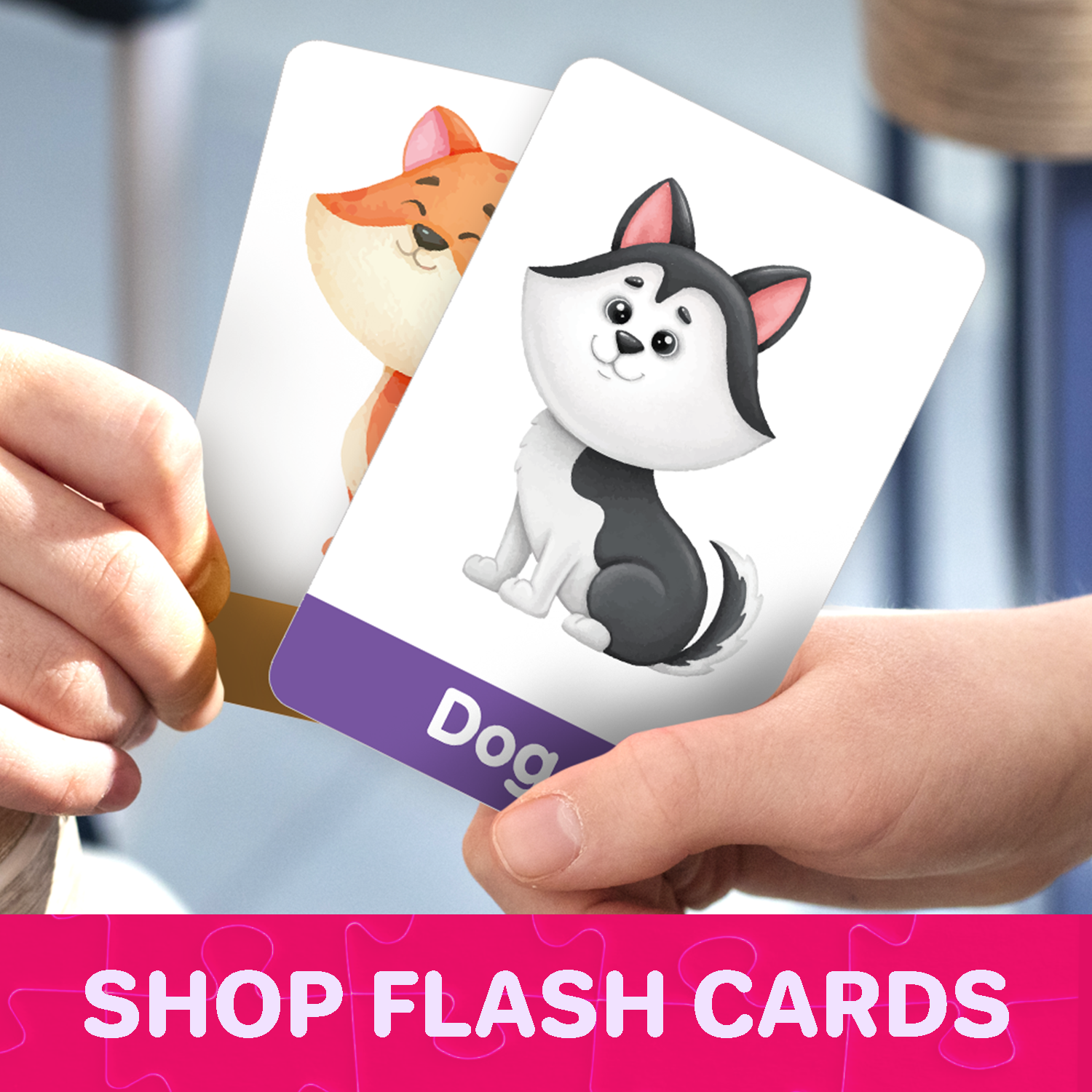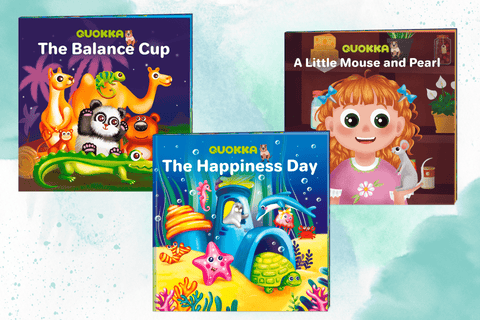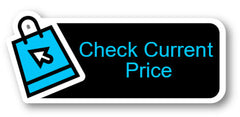The first thing you need to know about language development in babies is that it’s a natural progression, and every child develops at their own pace. It means that children won’t start speaking until they’re ready to. All you can do is encourage them through different activities. There are many ways to encourage your child to talk, and there are certain things you can do to avoid doing it yourself.
Stages of speech development
- Newborn babies cry, gurgle, grunt, grunt, sigh, laugh, giggle and make all sorts of noises.
- Newborn babies babble, or “babbling”, at around six months. It’s a sign that they are starting to communicate.
- A baby's first words generally appear by the age of 12 months.
- After 18 months child should be saying about 50 words, using them in short sentences.
- The years between 2 to 3 are when sentences become 4 and 5 words long. Babies learn language by understanding and using the same sounds repeatedly, so repetition is very important for learning.
- Conversations become longer and more structured from 3 to 5 years old.
- By the time a child turns five, they usually know how to speak and can use basic grammar. They should be also able to say complete, grammatically correct sentences.
Activities that help speech development
1. Start with simple sounds
Say to your baby simple sounds like "ma," "ba," and "da". You should try to get them to say these sounds back to you.
Animal sounds are also a helpful tool for babies to encourage words. In the future, they help name common animals and recognize their unique sounds.
Talk to your baby as much as you can. When children get older, talk with them about how they want to get ready for going out. You can name all the items needed for your trip. It`s a great example of speech therapy at home.
Storytime is also a way to enrich your baby’s language development. Speech is a complex communication system. It’s more than just talking. You should make reading fun by adding facial expressions, voice inflections, sounds, and animal sounds.
QUOKKA can offer you exciting stories about:
- Simple language & Valuable message
- Interesting and relatable story
- Captivating illustrations
2. Encouraging environment
Make child`s environment colorful and bright, surrounding the baby with interesting pictures, colors, and comfort. These all will help them develop language skills.
A great example of such an environment is a baby play mat design with the ABC alphabet. It is an interactive way to encourage speech development. Playmats can trigger the baby’s interest in learning and promote the development of the brain.
Let your child learn through playtime!
3. Name and Count Shapes, Colors, and Animals
Get a bunch of different-colored toys with different shapes and textures, like wooden or silicone baby toys, flashcards, and wooden blocks with alphabet or pictures.
Continue the exercise on categorizing objects by shape, type, and color. Use soft baby toys and picture cards to name and describe objects or people in the picture.
You can count the toys that are being played with. Let your child count after you. It will help them learn more and helps reinforce.
Montessori toys are great speech therapy activities that combine all these learning ways.
4. Introduce Them to Fruits and Veggies
Much of a baby’s speech development has to do with repetitive hearing and the use of everyday words.
One way to help with the development of children's language is learning the names of common fruits and vegetables by pretend playing with figures of fruits and vegetables. Point to them and voice out their names. State their shape, color, and taste as well.
Puzzles for kids, especially wooden puzzles, are great speech therapy toys!
5. Cooperative and Competitive games
For older children, there is more advanced preschool language activity to improve speech and increase knowledge. At this age, it is better to communicate as much as possible with peers, friends, and family members, and play games together to make communication interesting and informative.
A great option for such games is kids’ board games, or family board games.
Conclusion
Every activity in this article is simple and fun to enjoy together. All of them combine imaginative play, and simple instructions to follow.
Discover QUOKKA speech therapy toys. From developmental milestones to educational fun, there are toys that will help them explore and grow faster.



















Leave a comment
All comments are moderated before being published.
This site is protected by hCaptcha and the hCaptcha Privacy Policy and Terms of Service apply.